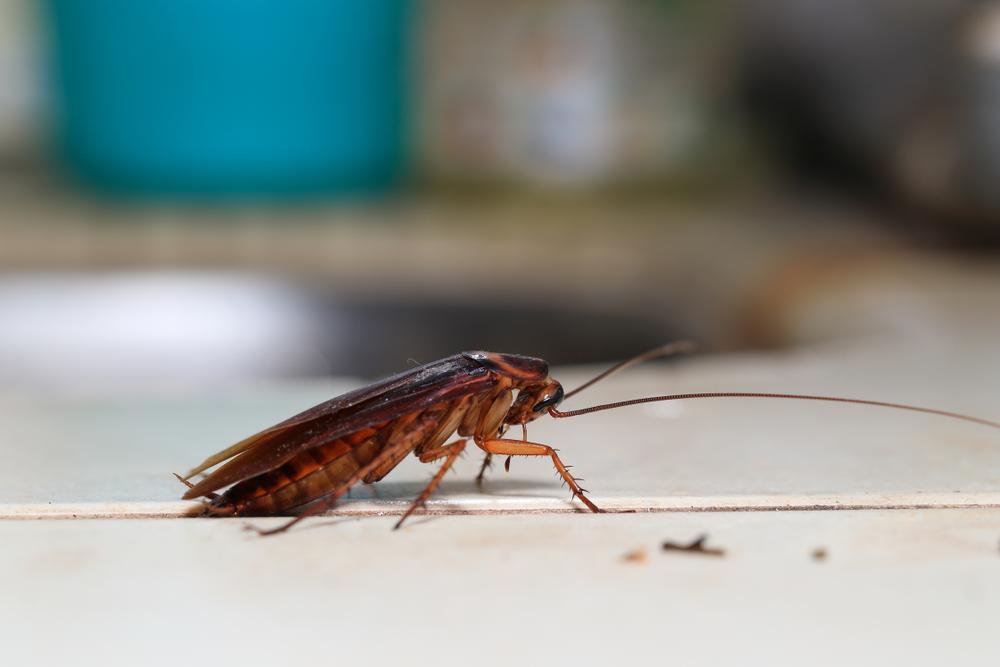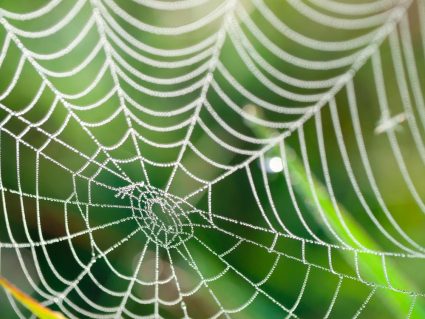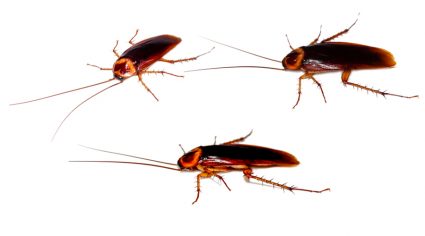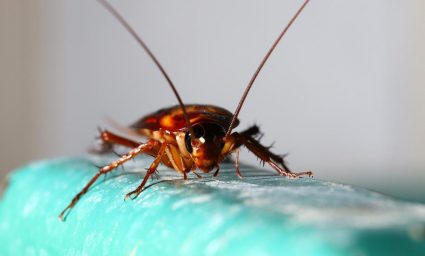
Cockroaches are fascinating creatures, notorious for their uncanny ability to survive in the harshest conditions and their swift escape responses when faced with a potential threat. But have you ever wondered, how do roaches know when to run? This comprehensive guide delves into the world of roaches, exploring their sensory systems, the role of their physical structure, and their unique adaptations that aid in their survival through evasion.
Roaches know when to run due to their highly sensitive sensory systems. Their antennae and cerci detect potential threats, including sudden air currents that signal an approaching predator. Their nervous system then rapidly activates the necessary motor programs, prompting the roach to run. This is not a random process; roaches respond to various stimuli to determine their escape direction.
Sensing Danger: The Roach’s Response
The cockroach’s escape behavior is initiated by sensitive hairs on their body, particularly on the anal cerci, which respond to sudden air currents or wind puffs. These wind puffs may signal a predator attack or other potential dangers. When an object rapidly approaches a cockroach, it pushes an air wave in front of it, alerting the cockroach to run for its life.
Cockroaches primarily use their antennae and cerci to detect threats. The antennae, also known as feelers, are responsible for their sense of smell and touch, helping them perceive their surroundings and detect potential dangers. The cerci, small appendages located on the abdomen, act as sensors sensitive to slight air movements, allowing cockroaches to detect approaching predators or other threats.
Roach’s Physical Structure: Built for Speed
A roach’s physical structure plays a crucial role in its swift movement. They have a flattened shape, allowing them to navigate through tight spaces and crevices. Their exoskeleton, made up of chitin plates linked together, provides protection while allowing movement. The three pairs of jointed legs enable them to walk, climb, and run at high speeds. Some cockroaches even have wings that help them in flight, further enhancing their mobility.
The Role of the Nervous System
The cockroach’s nervous system is essential for promoting its survival. The escape response is initiated by highly sensitive hairs on the cockroach’s body. When these hairs sense an air wave, the nervous system quickly activates the motor programs necessary for the cockroach to turn away from the stimulus and run.
Directional Decisions: Not a Random Process
Contrary to popular belief, a cockroach’s decision to flee is not entirely random. They have been observed to choose from one of several preferred trajectories when running from a predator. They respond to various stimuli, such as wind direction, to determine the direction of their escape response.
Unique Adaptations for Survival
Cockroaches have developed several unique adaptations over time that aid in their survival. These adaptations include their remarkable speed and agility, taste hairs that help them avoid harmful substances, adaptability to almost any environment, and their resilience which allows them to survive without important resources for much longer than most organisms.
Natural Predators of Roaches
Despite their impressive evasion skills, cockroaches do have natural predators. These include amphibians, small mammals, reptiles, birds, insects, and parasitic wasps. These predators help control cockroach populations in the wild and contribute to the ecosystem’s balance.
In conclusion, roaches are more than just common pests. They are survivors, equipped with unique adaptations and skills that have allowed them to thrive on Earth for millions of years. Their ability to sense danger and respond quickly is a testament to their resilience and adaptability. Understanding these creatures can provide valuable insights into their behavior, aiding in the development of more effective pest control strategies.
Frequently Asked Questions
What are some examples of cockroach predators?
Some examples of cockroach predators include lizards, frogs, spiders, centipedes, and certain types of birds. In the insect world, some beetles and parasitic wasps are known to prey on cockroaches.
How fast can a cockroach run?
Cockroaches are surprisingly fast for their size. Some species can run up to 3 miles per hour, which is equivalent to a human running 210 miles per hour when considering size differences.
Can all cockroaches fly?
No, not all cockroaches can fly. Some species of cockroaches have wings but are not capable of sustained flight. Others can use their wings to glide or flutter for short distances.
How do cockroaches taste their food?
Cockroaches use their antennae and mouthparts to taste their food. They also have special hairs, called taste hairs, on their feet and around their mouthparts that allow them to taste anything they stand on or touch.
How long can a cockroach survive without food or water?
Cockroaches are incredibly resilient and can survive for up to a month without food and up to a week without water. Their ability to withstand such conditions contributes to their reputation as hardy survivors.










